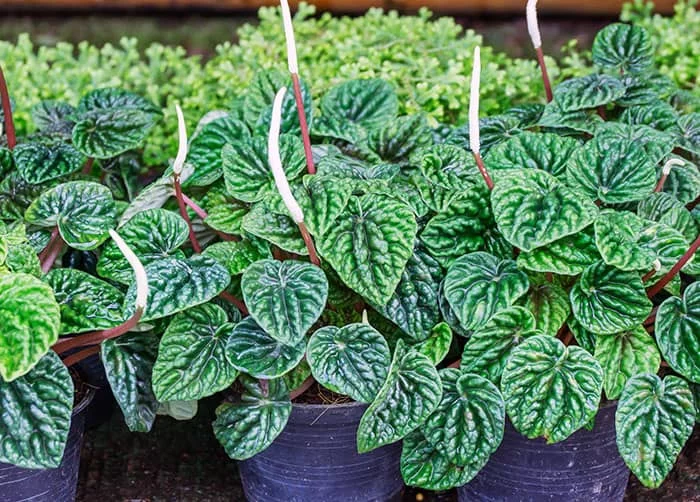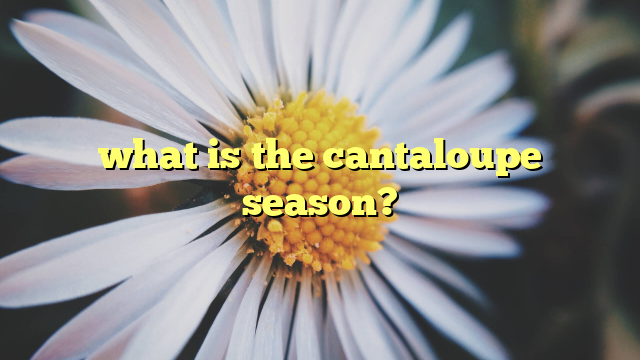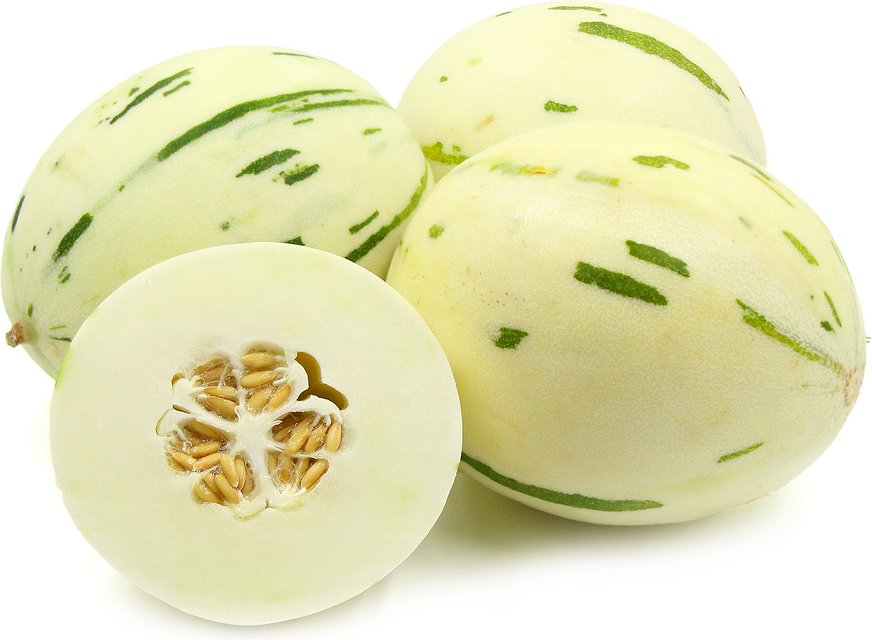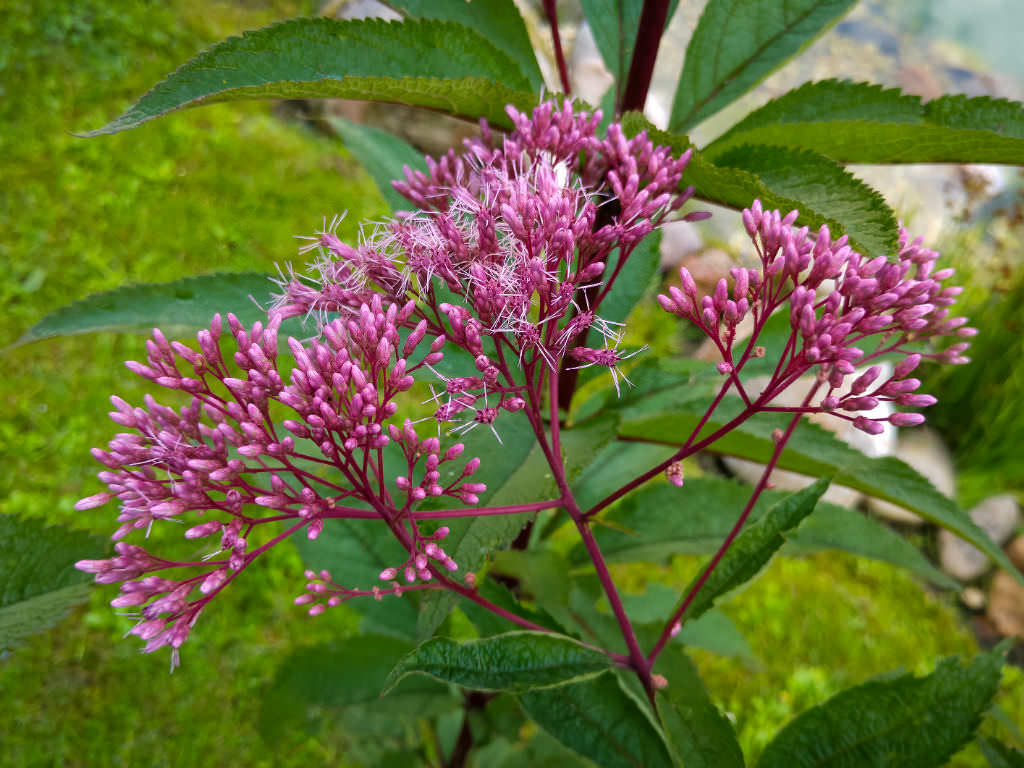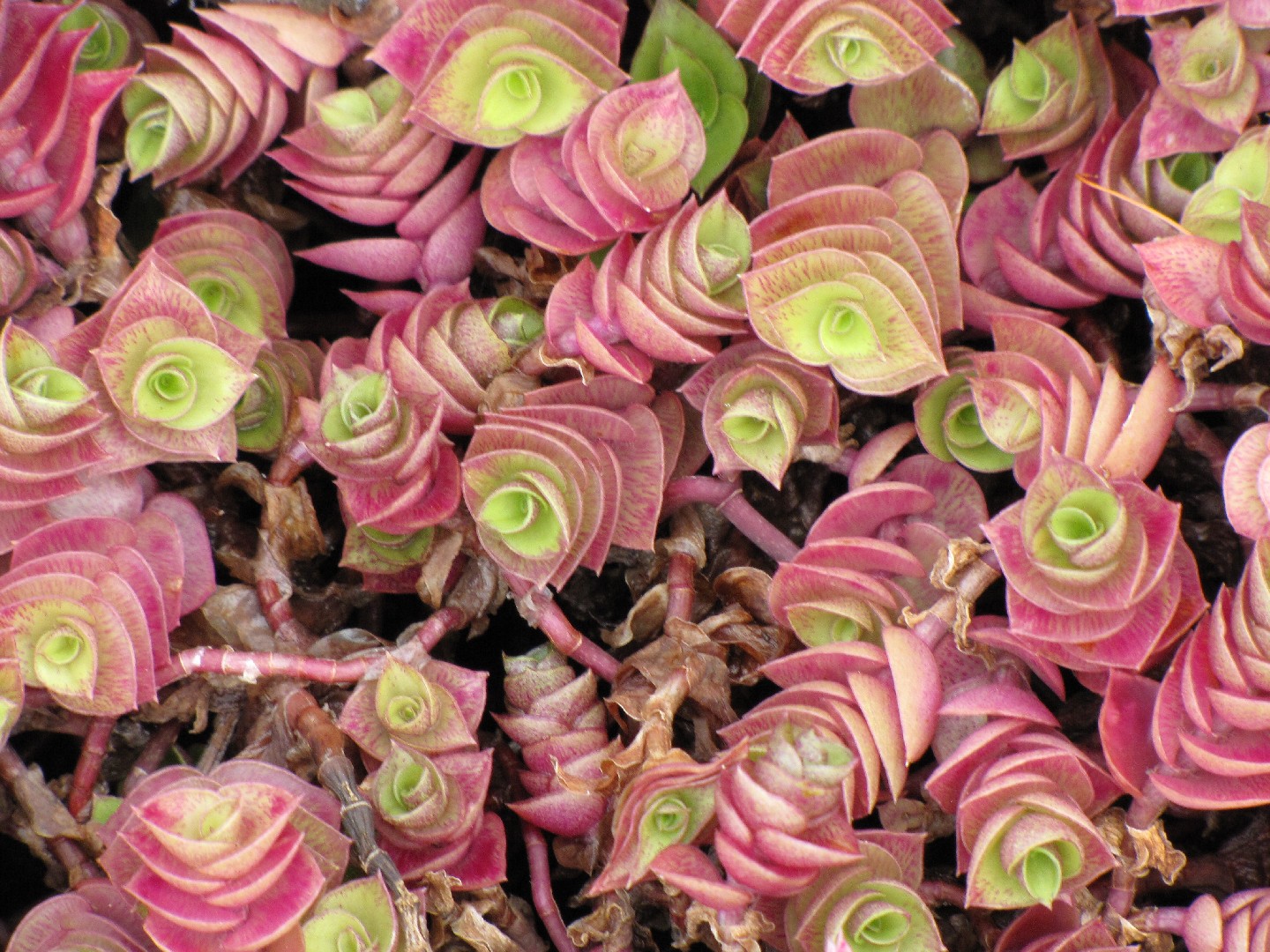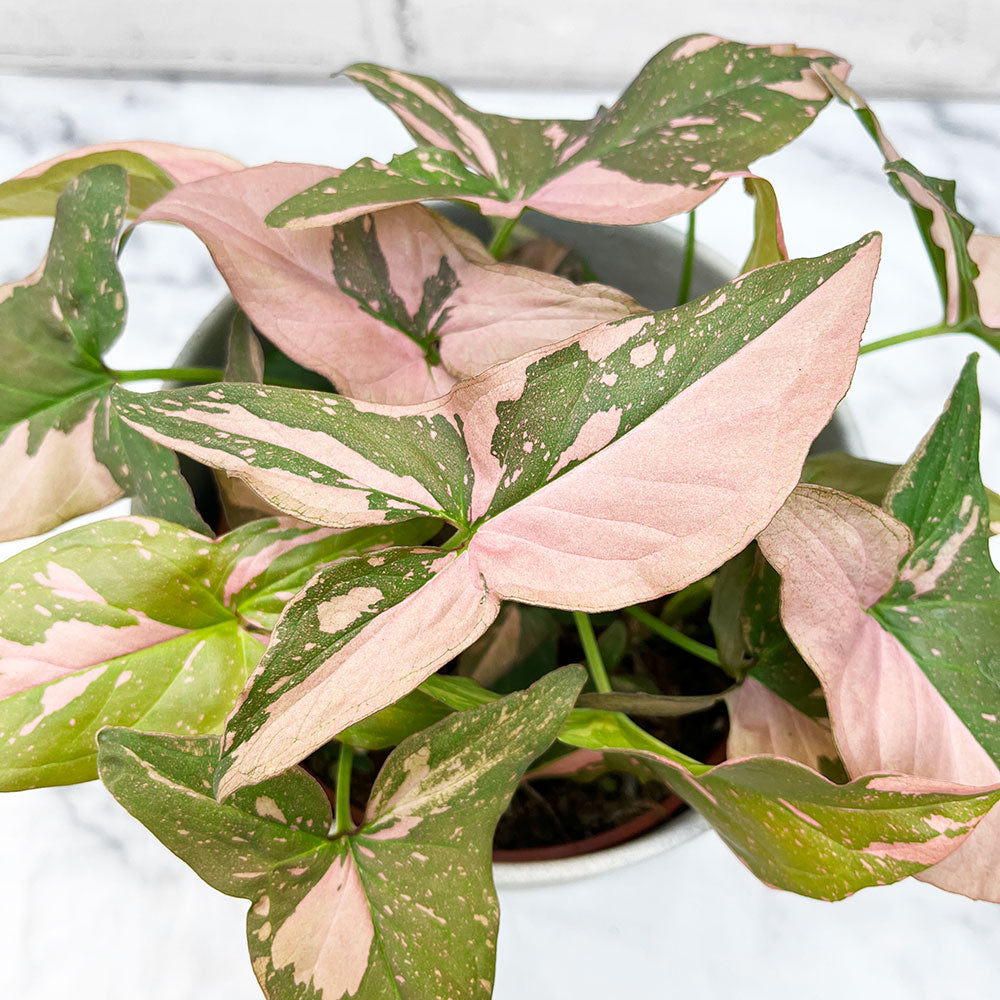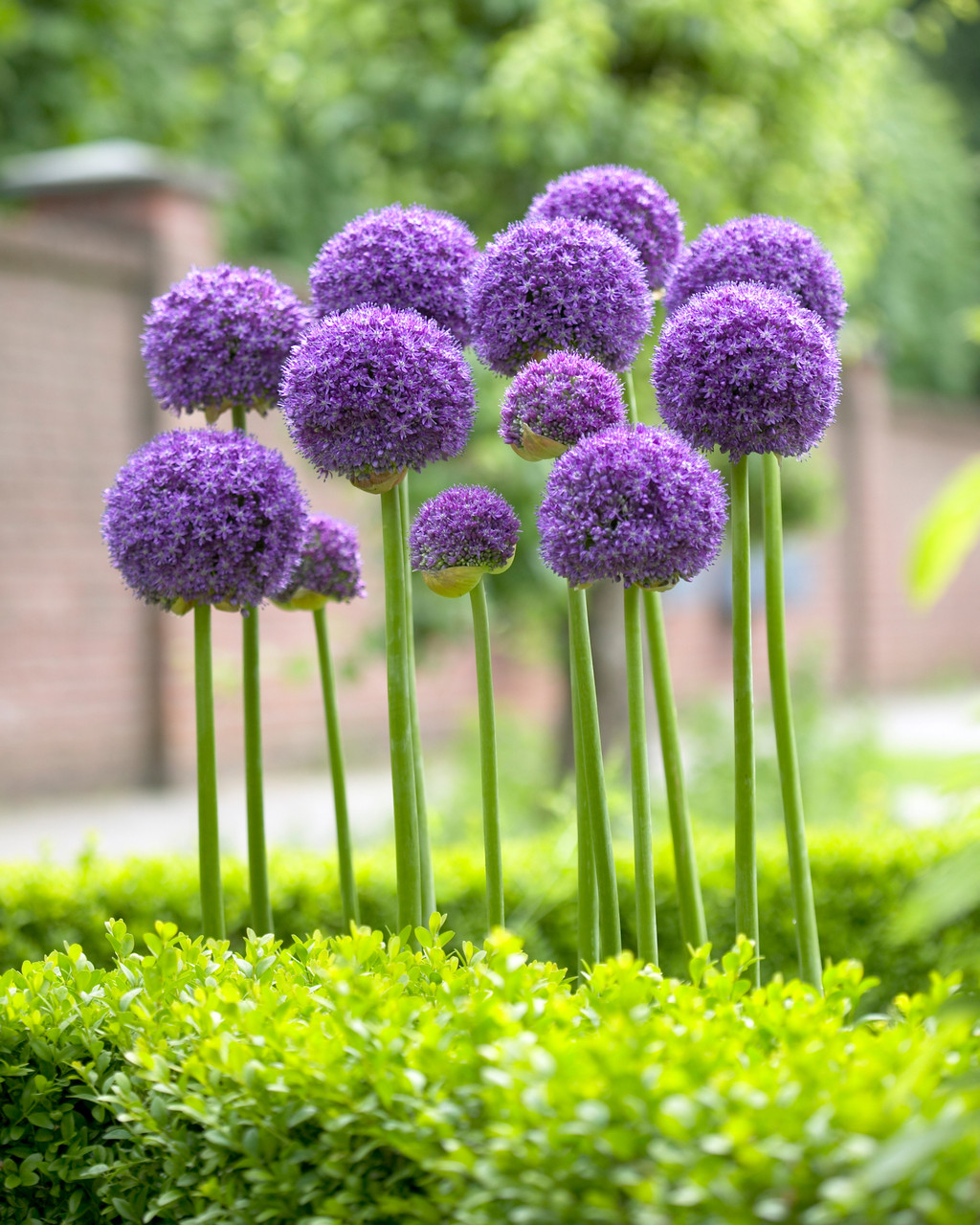The Radiator Plant, also known as Peperomia, is a delightful addition to indoor gardens, cherished for its vibrant foliage and ease of care. In this guide, we’ll delve into the world of Radiator Plants, exploring their characteristics, ideal growing conditions, and essential care tips to ensure they thrive in your home.

The Charm of Radiator Plants:
Radiator Plants belong to the Peperomia genus, a diverse family of small, easy-to-care-for houseplants. Known for their captivating foliage and unique leaf shapes, these plants are popular choices for both novice and experienced plant enthusiasts.
Unique Characteristics of Radiator Plants:
Radiating Leaf Variety:
The charm of Radiator Plants unfolds through a captivating array of leaf shapes, each telling a botanical tale. From the whimsical heart-shaped leaves to the elegant teardrop formations, the diversity adds a botanical artistry that graces your indoor space. As you gaze upon these leaves, each with its unique silhouette, the visual tapestry of your home comes alive with an enchanting allure.
Vibrant Color Palette:
The foliage of Radiator Plants transforms your space into a living canvas adorned with nature’s hues. The leaves boast an extravagant palette, ranging from the profound depths of green to the intricate dance of variegated patterns. This lively spectrum creates a dynamic and vibrant display, turning every leaf into a brushstroke of botanical artistry. Radiator Plants, with their kaleidoscopic foliage, bring a burst of life to your surroundings, uplifting the ambiance with natural elegance.
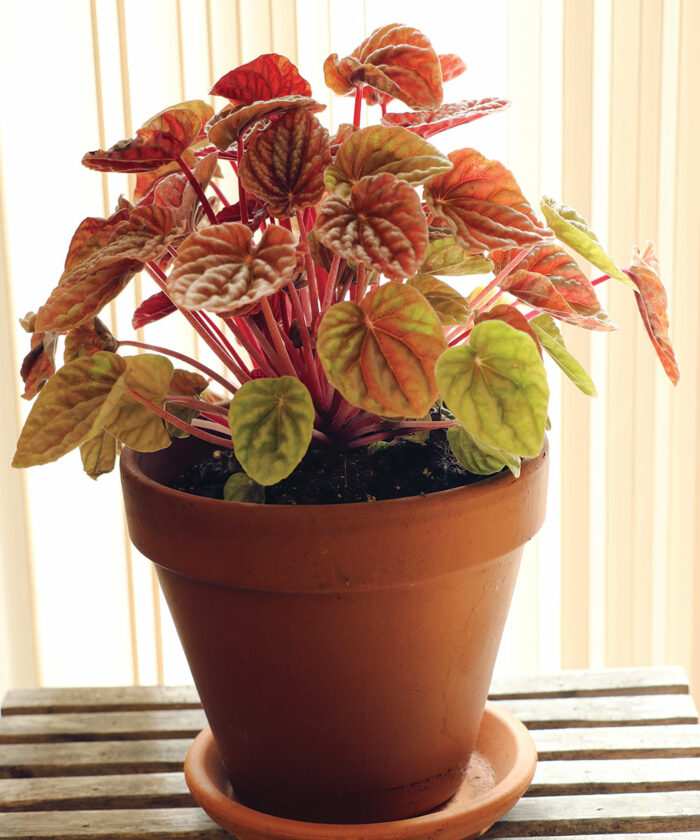
Compact Size, Abundant Charm:
In the world of indoor greenery, Radiator Plants stand out not just for their beauty but also for their thoughtful design. Embracing a compact growth habit, these plants become veritable gems for small spaces. Whether adorning a cozy apartment, gracing an office desk, or adding a touch of greenery to urban dwellings, Radiator Plants prove that abundance of charm can thrive within limited spaces. Their petite stature adds versatility, allowing you to incorporate nature’s beauty seamlessly into any corner of your life.
Ideal Growing Conditions:
Light Requirements: Radiator Plants thrive in medium to bright, indirect light. Avoid direct sunlight, as it can scorch the leaves.
Temperature: Keep your plant in a warm environment, with temperatures between 65-75°F (18-24°C) for optimal growth.
Soil: Use well-draining potting mix to prevent waterlogging, as Radiator Plants prefer slightly moist but not waterlogged soil.
Watering Routine:
Moderate Watering: Allow the top inch of the soil to dry out before watering. Overwatering can lead to root rot, so maintain a moderate watering routine.
Humidity: Radiator Plants appreciate higher humidity levels, making them excellent choices for bathrooms or kitchens.
Propagation Techniques:
Leaf Cuttings: Propagate your Plant by taking leaf cuttings, ensuring the cutting has a node for successful root development.
Division: Divide mature plants to create new ones, ensuring each division has both roots and leaves.
Common Issues and Detailed Solutions:
Overwatering Woes:
The visual distress of yellowing leaves often signals an overwatering concern. To address this, delve into the intricacies of your plant’s moisture needs. Fine-tune your watering routine by allowing the top inch of the soil to thoroughly dry between watering sessions. This adjustment ensures a delicate balance, preventing waterlogged conditions and promoting a healthier root environment.
Pest Predicaments:
Vigilance against common pests such as spider mites or aphids is paramount for the well-being of your plant. Establish a routine leaf inspection, paying meticulous attention to the undersides where pests often hide. Should any infestations be detected, swift and targeted action becomes crucial. Employ organic or chemical treatments as needed, ensuring your plant remains pest-free and thrives in an environment of optimal health.
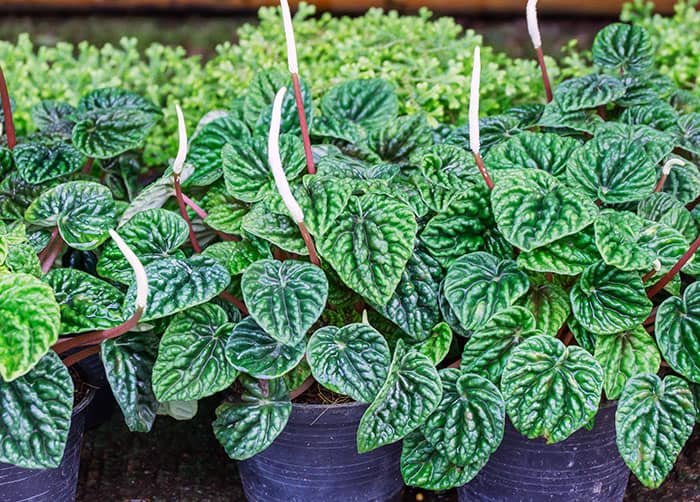
Radiator Plant Radiance:
Cultivating the beauty of Radiator Plants in your home is a rewarding experience. Their charming foliage, coupled with straightforward care requirements, makes them an excellent choice for plant enthusiasts of all levels. Elevate your indoor garden with the allure of Radiator Plants, and enjoy the radiant beauty they bring to your living space.

